25+ SAMPLE Building Construction Report
-
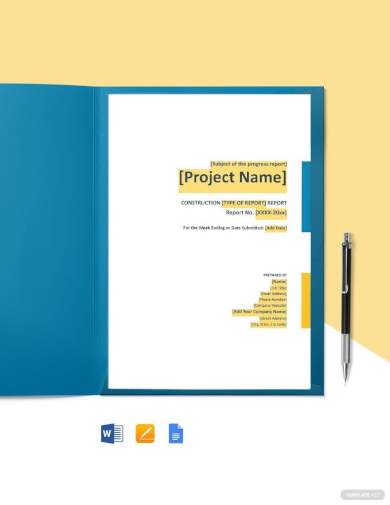
Sample Construction Report Template
download now -
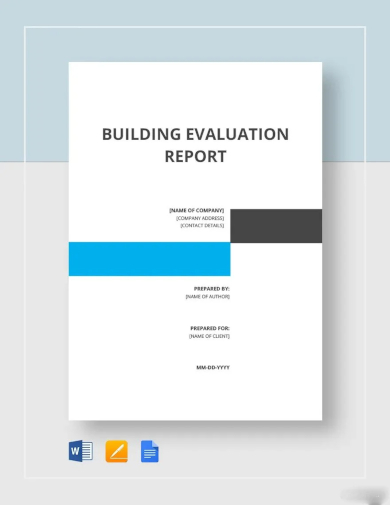
Building Evaluation Report Template
download now -
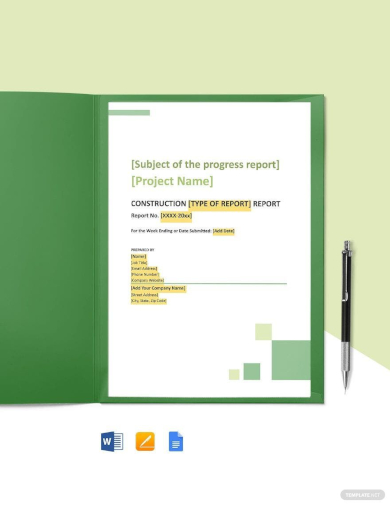
Simple Construction Report Template
download now -
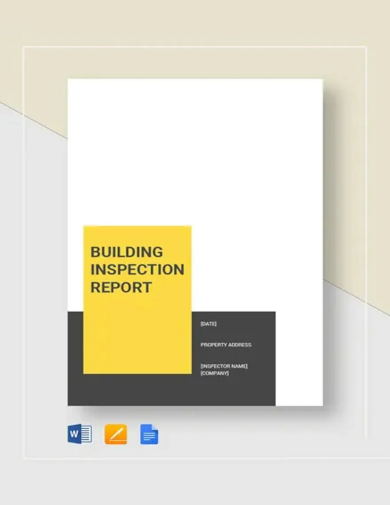
Building Inspection Report Template
download now -
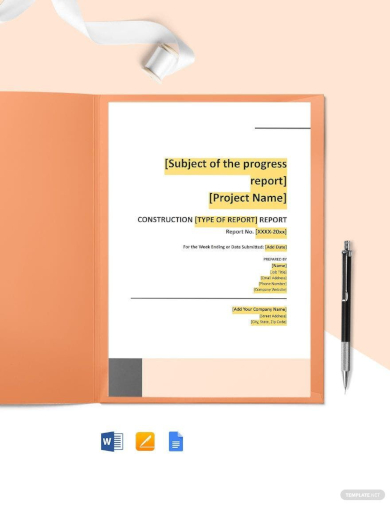
Printable Construction Report Template
download now -
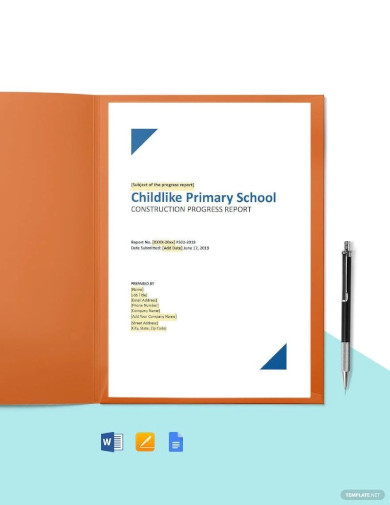
Building Construction Progress Report Template
download now -
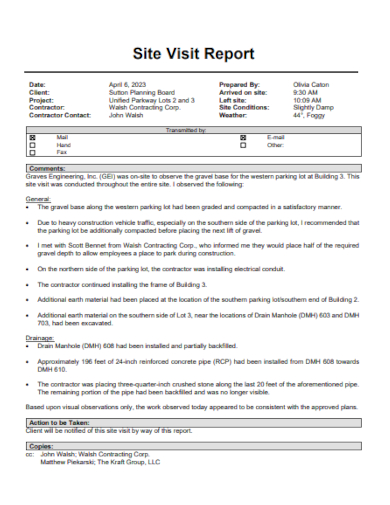
Building Construction Site Visit Report
download now -
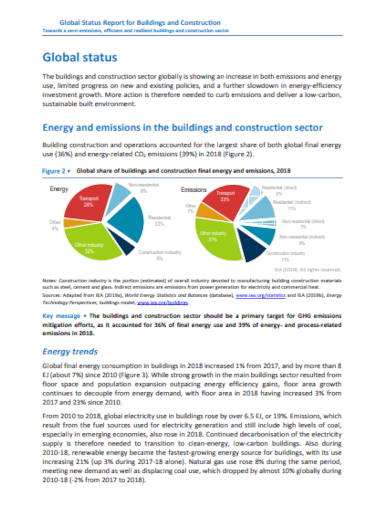
Building Construction Status Report
download now -
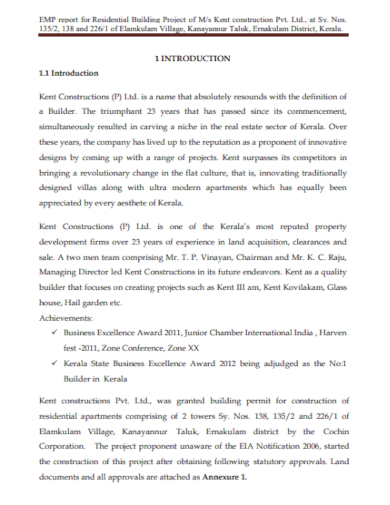
Residential Building Construction Report
download now -
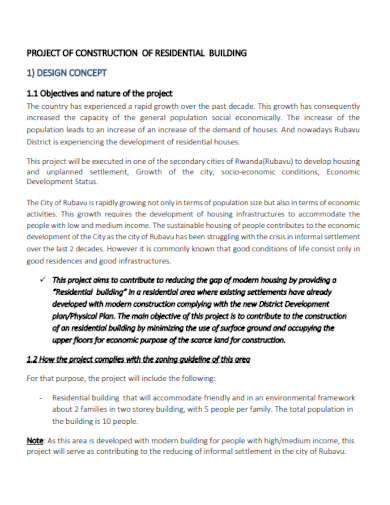
Building Construction Project Report
download now -
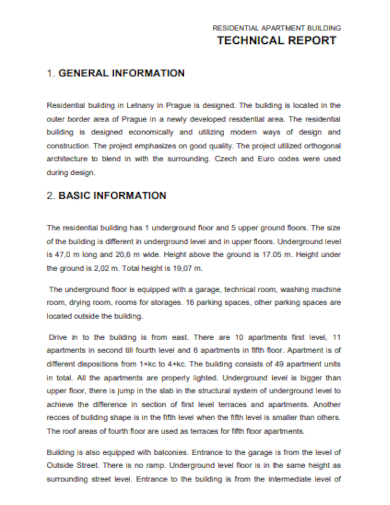
Apartment Building Construction Report
download now -
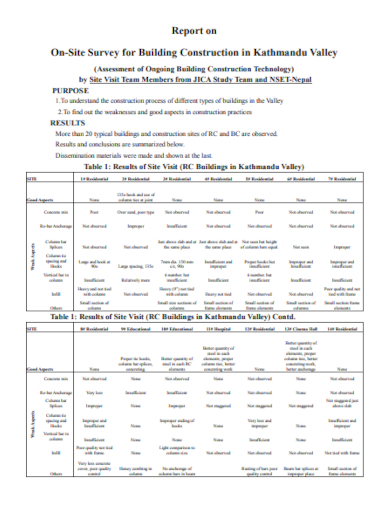
Building Construction Survey Report
download now -
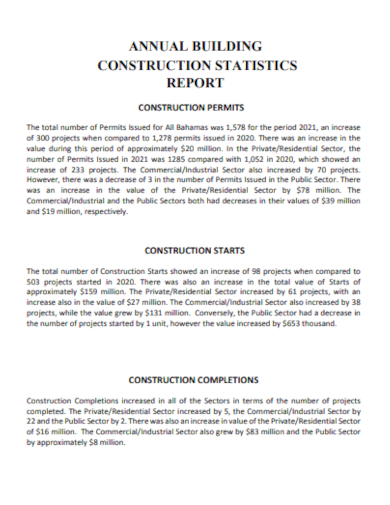
Annual Building Construction Report
download now -
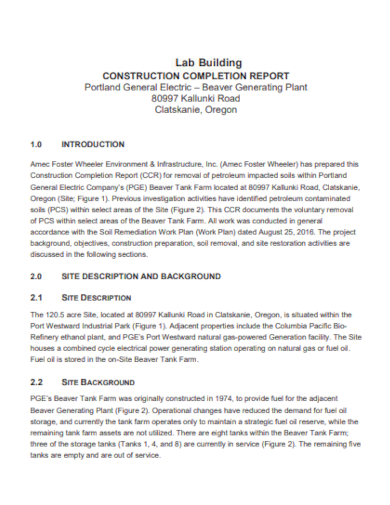
Building Construction Completion Report
download now -

Building Construction Site Detailed Report
download now -
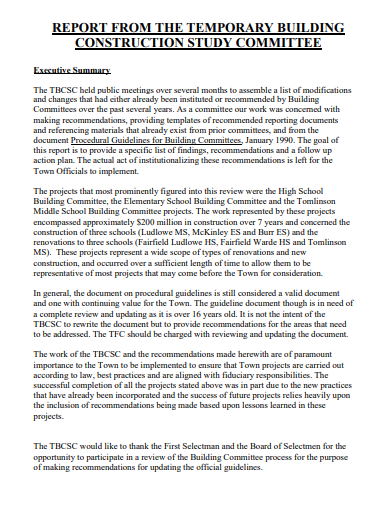
New Building Construction Report
download now -
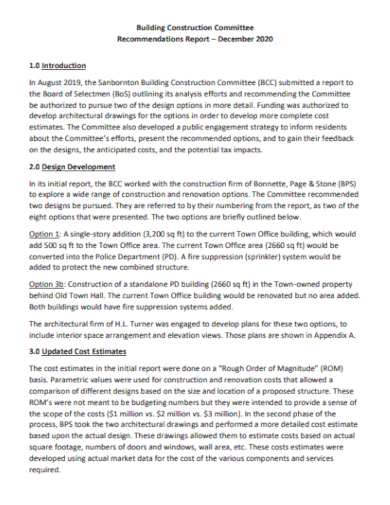
Building Construction Recommendations Report
download now -
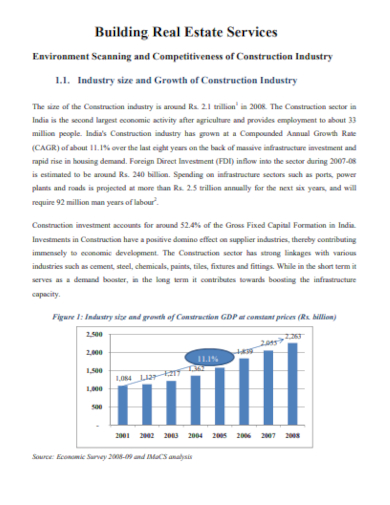
Real Estate Building Construction Report
download now -

House Building Construction Report
download now -
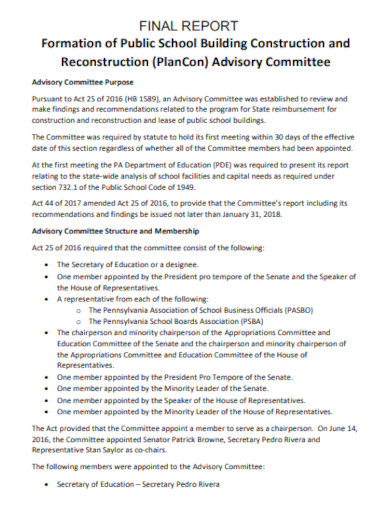
School Building Construction Report
download now -
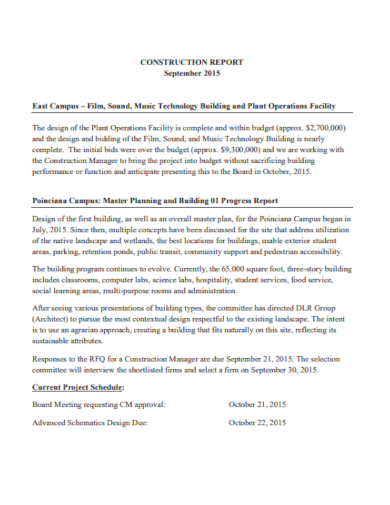
Plant Building Construction Report
download now -

Building Construction Report in PDF
download now -

Building Construction Project Progress Report
download now -
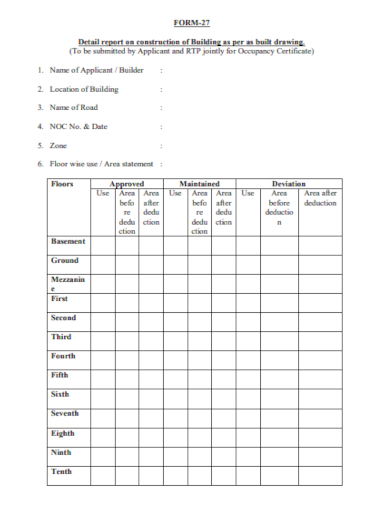
Building Construction Report Form
download now -
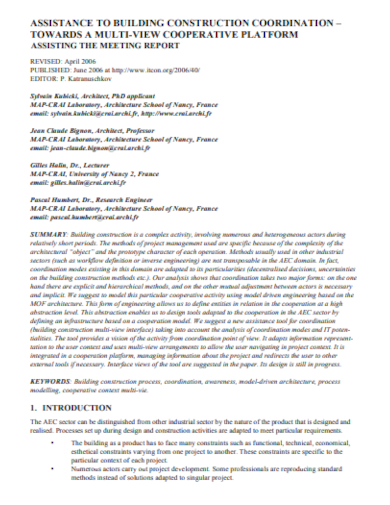
Building Construction Meeting Report
download now -

Building Construction Annual Report
download now -
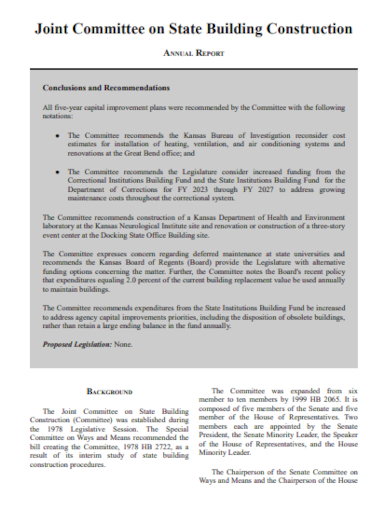
Building Construction Committee Report
download now
FREE Building Construction Report s to Download
25+ SAMPLE Building Construction Report
Definition:
The Blueprint of Project Evolution:
Dissecting Key Sections of the Report:
Harnessing the Report for Maximum Impact:
Tips for Using Building Construction Report:
Why is a construction report pivotal for successful project completion?
How often should a construction report be updated and reviewed?
Can these reports be used for post-project reviews and assessments?
What are the Building and Construction Regulations?
How can construction reports enhance site safety and compliance?
Definition:
A Building Construction Report is a comprehensive document detailing the progress, challenges, financials, and other pertinent aspects of a building construction project. It serves as a record for stakeholders to monitor project advancements, ensure adherence to quality standards, timelines, and budgets, and facilitates informed decision-making, ensuring project objectives are met efficiently.
The Blueprint of Project Evolution:
Amid the bustling realm of architecture and construction, the Building Construction Report emerges as the tangible embodiment of a project’s life story. Serving as the heartbeat monitor of a construction’s progression, it captures every vital sign—from preliminary stages to the final bricklaying. This comprehensive document is a distillation of insights, challenges, successes, and forecasts, offering stakeholders a transparent lens into the project’s health, hurdles, and hopes.
Delving Deep into the Report’s Anatomy:
The Building Construction Report isn’t just a document; it’s the pulse of a construction project, providing insights into its health, progress, and challenges. At its core, the report usually contains:
- Project Overview: This section offers a snapshot of the project, outlining its purpose, objectives, and the envisioned outcome.
- Progress Summary: Here, one finds details about the completed tasks, milestones achieved, and the current phase of the project. It’s where stakeholders can quickly gauge how close or far the project is from completion.
- Financial Update: An essential part for any investor or stakeholder, this section provides details about the budget, expenditures to date, cost overruns, and financial forecasts.
- Challenges and Roadblocks: Every project encounters hiccups. This segment highlights issues faced, whether they’re related to materials, manpower, or unexpected site conditions.
- Quality Assurance and Control: A crucial aspect of any construction project, this details the steps taken to ensure the project meets set quality standards. It might include results from inspections, tests, and reviews.
- Safety Compliance: Given the inherent risks in construction, this section outlines the safety protocols in place, any incidents that occurred, and corrective actions taken.
- Resource Allocation: It provides insights into the manpower deployed, machinery used, and the materials consumed, giving a perspective on resource utilization and efficiency.
- Timeline and Schedule Updates: Construction delays can be costly. This section details any changes to the project timeline, reasons for those changes, and anticipated completion dates.
- Photographic Evidence: A picture speaks a thousand words. Including photos can provide stakeholders with a visual update, complementing the textual data.
- Future Outlook: Beyond current updates, the report might also provide insights into the next steps, upcoming milestones, and potential challenges on the horizon.
- Feedback and Recommendations: The report can also serve as a platform for the team on the ground to share their observations, insights, and suggestions for improving the project’s course.
Dissecting Key Sections of the Report:
A Building Construction Report is more than just pages of information; it’s a structured narrative of a project’s journey. To truly understand this narrative, one needs to dissect its key sections:
Project Synopsis:
This is the project’s backbone, providing a concise description of what the project is about, its objectives, and the targeted outcomes.
Progress Insights:
Dive into the heart of the project’s evolution. This section illustrates what has been accomplished, which tasks are in progress, and what remains to be done, offering a clear picture of the overall advancement.
Financial Breakdown:
Money matters, and here’s where the fiscal story unfolds. It reveals the budgeted versus actual expenses, potential financial risks, and projections, ensuring fiscal transparency and accountability.
Challenges Encountered:
No journey is without hurdles. Detailing the challenges faced, from weather disruptions to resource shortages, provides a realistic view of the ground situation.
Quality Affirmation:
Quality is paramount in construction. This segment underscores the measures in place to uphold construction standards, from inspections conducted to any corrective actions initiated.
Safety Protocols:
Safety is non-negotiable. This section showcases the safety measures adopted, incident reports, and any corrective steps taken, reinforcing the project’s commitment to a safe work environment.
Resource Deployment:
A peek into the project’s pulse, revealing how manpower, machinery, and materials are utilized. It helps gauge efficiency and productivity on site.
Timeline Updates:
Time is often equated with money in construction. Any shifts in the project timeline, reasons behind them, and revised projections find their place here.
Visual Documentation:
Capturing the project in frames, photographs offer stakeholders a tangible view of on-ground progress, supplementing the written narrative.
Upcoming Milestones:
A forward-looking section, it paints a picture of what’s next, helping stakeholders anticipate and prepare for future phases.
Observations and Suggestions:
An avenue for the on-site team to voice insights and provide recommendations, fostering a two-way communication channel and continuous improvement.
Harnessing the Report for Maximum Impact:
The Building Construction Report is not just a mere compilation of facts and figures; it’s a tool of immense potential that, when wielded correctly, can significantly influence a project’s trajectory towards success. Harnessing its power requires more than just reading it; it’s about understanding and acting upon it.
Informed Decision Making:
Armed with detailed insights, stakeholders can make decisions that are well-informed, timely, and strategic. The report’s data acts as a compass, guiding the project through uncertain terrains.
Stakeholder Engagement:
Regular updates foster trust and transparency between project teams and stakeholders. When everyone is kept in the loop, collaboration becomes smoother, fostering a cohesive project environment.
Resource Optimization:
By analyzing resource allocation and utilization patterns, one can identify areas of inefficiency. This enables better resource management, minimizing wastage and maximizing productivity.
Risk Mitigation:
Highlighting challenges and potential risks allows stakeholders to proactively address them before they escalate. It’s the first step towards a robust risk management strategy.
Quality Assurance:
The report acts as a checkpoint, ensuring that the project adheres to set quality standards. It’s an opportunity to correct course, if necessary, ensuring the final outcome meets expectations.
Safety Vigilance:
Emphasizing safety updates underscores the project’s commitment to a hazard-free environment. It encourages a culture of safety awareness and compliance among the workforce.
Financial Oversight:
With clear financial breakdowns, stakeholders can monitor budget adherence, control costs, and plan for future financial requirements, ensuring the project remains financially viable.
Feedback Loop:
The report isn’t a one-way communication tool. Stakeholders can provide feedback, ensuring continuous improvement and adaptability to changing scenarios.
Strategic Planning:
By forecasting upcoming milestones and potential challenges, the report helps in plotting the project’s future path, allowing stakeholders to be better prepared.
Documenting Learnings:
Beyond its immediate use, the report serves as a record for future projects. Lessons learned can be documented and leveraged for subsequent endeavors.
Tips for Using Building Construction Report:
The Building Construction Report, though brimming with data, offers its true value when understood and employed correctly. It’s a catalyst that can propel projects towards success if harnessed effectively. Here’s how to use it and some pivotal tips to make the most of it:
Reading Between the Lines:
While it’s essential to grasp the explicit data, often the nuanced observations can offer a wealth of insights. Dive deep, ask questions, and look beyond the numbers to understand the project’s true pulse.
Engage and Discuss:
Don’t consume the report in isolation. Discuss findings, observations, and potential solutions with team members. Collective insights often pave the way for innovative solutions.
Ensure Accessibility:
Make sure that all relevant stakeholders, from site supervisors to top management, have easy access to the report. This promotes transparency and collaborative decision-making.
Training and Familiarization:
Especially when introducing a new reporting format or tool, ensure team members are adequately trained. This ensures accurate data input and effective utilization.
Celebrate Successes:
While it’s crucial to address challenges, also highlight and celebrate milestones and achievements. This boosts team morale and motivates continued excellence.
Why is a construction report pivotal for successful project completion?
A construction report provides real-time insights, tracks progress, identifies challenges, and ensures resource optimization. It fosters transparency, aids decision-making, and guarantees that projects adhere to quality and safety standards, ultimately steering them towards successful and timely completion.
How often should a construction report be updated and reviewed?
A construction report should be updated and reviewed regularly, typically weekly or bi-weekly, depending on project size and complexity. For larger projects with rapidly changing dynamics, more frequent updates may be necessary to ensure accurate tracking and timely decision-making.
Can these reports be used for post-project reviews and assessments?
Yes, construction reports serve as invaluable records for post-project reviews and assessments. They offer historical data, document challenges faced, solutions implemented, and track performance, facilitating lessons learned and continuous improvement for future projects.
What are the Building and Construction Regulations?
Building and Construction Regulations are legal guidelines set by governments or authorities to ensure safety, quality, and sustainability in construction projects. They cover design, materials, methods, inspections, and permits, aiming to protect occupants, workers, and the environment while maintaining structural integrity.
How can construction reports enhance site safety and compliance?
Construction reports highlight safety lapses, track incident rates, and monitor compliance with standards. Regular reporting encourages proactive measures, fosters safety awareness among workers, and ensures adherence to protocols. This systematic oversight reduces risks and promotes a culture of safety on-site.
The Building Construction Report is the compass guiding stakeholders through the intricate journey of edifice creation. Acting as a testament to progress, challenges, and resource deployment, it ensures transparency and informed decision-making. In the ever-evolving construction landscape, such reports are not mere documentation but vital tools, underpinning successful projects and fostering trust among all involved parties.
